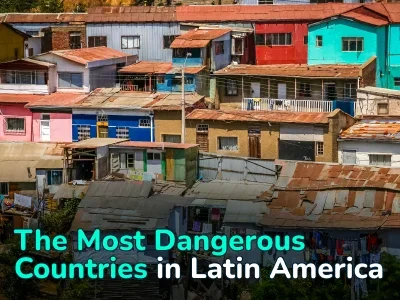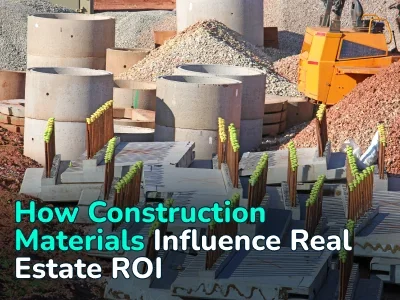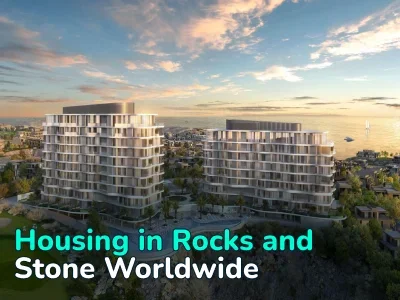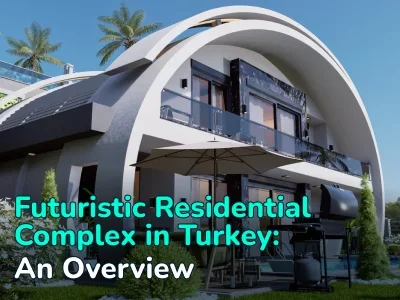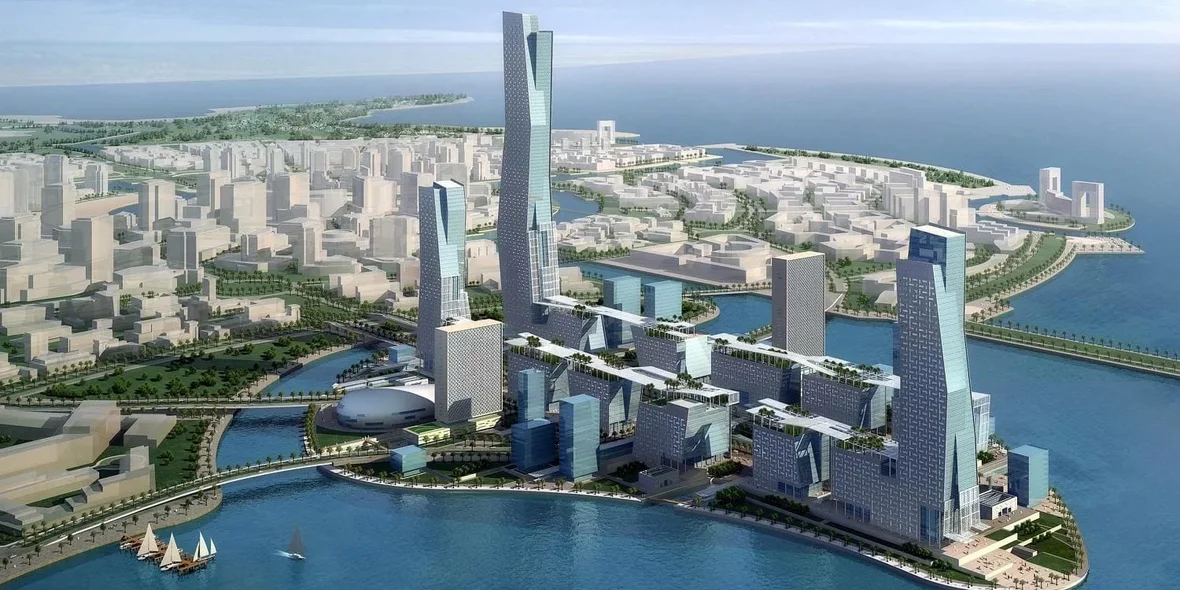
There Doesn't Seem to be a Car-Free City of the Future in Saudi Arabia: Why the $500 Billion Megaproject Failed
The Line, an ambitious car — free megacity project located in the NEOM complex on the Red Sea in Saudi Arabia, remains one of the largest construction enterprises in the world. However, if a few years ago this project seemed almost unlimited in scale, then in 2025 the picture has changed significantly.
The Initial Concept and Its Transformation
The Line was conceived as a linear city 170 kilometers long, stretching inland from the Red Sea coast, with a width of only 1.2 kilometers and a height of two parallel skyscrapers of 500 meters each. The project assumed a complete absence of cars — movement would be carried out exclusively on foot or by public transport. It was originally planned that by 2030, about 1.5 million people would live in the city, and by 2045, up to 9 million.
The city was supposed to become a model of environmentally friendly development, completely switching to renewable energy. NEOM, having the wind and solar resources of the region, was expected to use more than 70% of them, as well as produce green hydrogen.
The Line was positioned as the embodiment of the concept of «Zero Gravity Urbanism» with a vertically organized infrastructure where all necessary services and jobs would be within a five-minute walking distance.
Financial Crisis and Large-Scale Reduction of Plans
However, the reality turned out to be much tougher than the ambitions. The project, worth $500 billion (according to some estimates, up to $1.5 trillion, including recent estimates reaching $8.8 trillion), has faced serious financial obstacles.
The main reason lies in the fall in oil prices. Saudi Arabia has designed the budget on the assumption that the price of oil will remain at $100 per barrel and above. However, in 2025, the price averages only $60 per barrel, and it has not risen to triple digits for three years. To maintain its ambitious projects, the kingdom requires an oil price of at least $96 per barrel to balance the budget and more than $100 when accounting for the costs of megaprojects.
As a result, Saudi Arabia’s budget deficit has increased significantly. In the first half of 2025, it amounted to 93 billion Saudi riyals (24.8 billion dollars). By the end of the year, the deficit is expected to reach 245 billion rials ($65.3 billion), significantly higher than the initial forecast of 101 billion rials. Oil revenues fell by 24 percent.
Dramatic Reduction in the Scale of the Project
In October 2024 and later, it became known about the reduction of the plan by more than 98 percent in length — instead of the original 170-kilometer length, which was supposed to be completed by 2030, it is now planned to complete only 2.5 kilometers of this length.
By 2030, the city’s population was reduced from the initial 1.5 million for the full project to 200,000 for the first phase of Hidden Marina. Although some sources indicate the possibility of expanding to 300,000 later, the target figure for the first stage is 200,000 residents.
Hidden Marina should include 9,000 hotel rooms, shops, and community infrastructure. At the moment, the main focus is on this segment.
Problems with Financing and Investments
Saudi Arabia hoped to attract significant foreign investment, but these hopes were not fulfilled. Foreign direct investment was much lower than expected and even fell by seven percent in the first quarter of 2025 compared to the previous quarter.
The Public Investment Fund (PIF), a public investment fund that is the main financier of megaprojects, has also faced serious problems. PIF’s profits fell by 60 percent in 2024, totaling 25.8 billion Saudi riyals ($6.9 billion). Its cash reserves reached a minimum in recent years in 2023. Neom was forced to receive a 20% reduction in funding in 2024 compared to the planned amount.
Current State of Construction
Despite financial difficulties, construction continues. According to the latest data from 2025, work is focused on modules 45, 46, 47, and 48, which form the basis of the first phase. Module 45 is the most advanced, with intensive excavation and foundation laying.
Module 46 has completed more than 5,500 piles up to 70 meters deep, using more than 3.5 million cubic meters of concrete. In total, it is planned to install about 16,397 piles for the first phase, which will reduce the carbon footprint by 30 percent.
According to the plan, vertical construction is scheduled to begin at the end of 2025, which will be a critical milestone in the implementation of the project.
Other Challenges of NEOM Megaprojects
The problems are not limited to The Line. The Trojena mountain resort in Neom, which was supposed to host the 2029 Asian Winter Games, also faced delays. It is now expected to be ready only by 2032-2033, with a delay of three to four years.
Financial problems have also led to serious staff reductions. About 1,000 Neom employees have reportedly been relocated to Riyadh, while hundreds more have been laid off.
Strategic reassessment and the way forward
At a major investment forum in Riyadh in October 2024, Saudi officials acknowledged the scale of the problem. According to an official quoted by the media, "We have spent too much. We were going too fast. We have a budget deficit. We need to rethink our priorities."
Although the Neom administration has stated that The Line remains a strategic priority and a reassessment of strategy is normal practice for large-scale multi-year projects, the reality is that the project has gone through a fundamental rethink.
Author
I am responsible for editorial work. I write expert interviews and guides.












